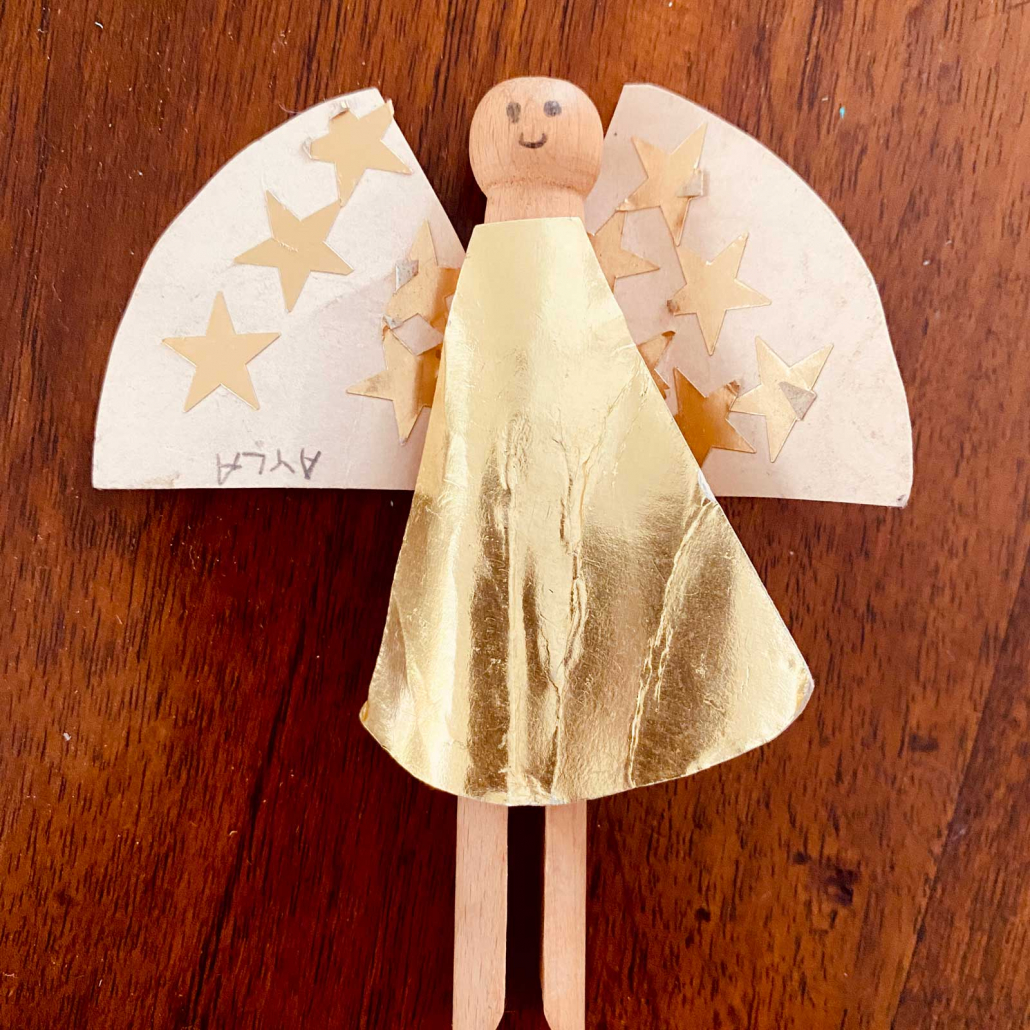about
South Sydney Uniting Church
Est. 1858
Mission Statement (adopted April 2018)
We are a welcoming and diverse group of people from South Sydney and beyond. We are open to God at work in the world. We seek to be a community of peace, justice, compassion and faithfulness. We look for the Holy Spirit in all things and we strive to care for all creation. With Christ, we dare to be honest in our lives and to explore difficult questions together. We are open to different points of view. We share love, friendship, hospitality and hope with each other and with our neighbours, regardless of faith or sexuality. We seek to overcome both exclusion and abuse.
Supply Minister
Rev Betty Stroud
Office Bearers
Chairperson of Church Council: Greg Garrett
Secretary of Church Council: Lyn Turnbull
Chairperson of the Congregation: Anne Camac
Children’s Advocate: Anne Camac
Presbytery Representative: Lyn Turnbull
South Sydney Uniting Church is a congregation within the Sydney Presbytery of the Uniting Church (Synod of NSW & ACT).
Church Councillors
Abner Cox
Greg Garrett
Melinda Kearns
Heather Robinson
Lyn Turnbull
Kelly Byrne
Craig Robson
Elders
Anne Camac
Alison Bleyerveen
Kelly Byrne
Naomi Ward
Karen Banfield
Greg Garrett
Abner Cox
Catherine Skipper
Melinda Kearns
Heather Robinson
Lyn Turnbull
Working Groups
Arts
Mirrung Garden
Property and Finance
South Sydney Herald
Buildings
Our church property includes the original sandstone-fronted building, hall, kitchen, bathrooms and a community garden at the rear of the premises.
Accessibility
Our facilities are wheelchair accessible. Please ask if further accessibility assistance is required.
Heritage and history
The lands of the Gadigal extend from Burrawara (South Head) through to Warrane (Sydney Cove), Gomora (Cockle Bay-Darling Harbour) and Blackwattle Creek, taking in the wetlands and dunes now known as Redfern, Erskineville, Surry Hills and Paddington.
First Nations peoples have long used Gadigal land as a place for camping, feasting and other social gatherings.
1788: Dispossession of the Gadigal began.
1789: Smallpox epidemic. Colebee, his nephews Nanbree and Caruey were known to survive. Colebee died of a spear wound in 1805 and was buried at the Brickfields (Chippendale).
The area known as Waterloo (after the battle of 1815) has the Gadigal name of Illpah (meaning “plenty of raspberries”).
In the 1820s, Waterloo began supporting industrial operations including various mills such as the Fisher and Duncan Paper Mill and the Waterloo Flour Mill.
1823: William Hutchinson, superintendent of convicts and public works (formerly a convict 1799), was granted 1,400 acres (5.7 km2) of land in the Waterloo area …
In the 1850s, the Waterloo Primitive Methodists established a tent-based ministry with local children in Raglan Street. The Victorian Gothic-style church on the site was designed by architect Edmund Blacket and opened on December 1, 1858.
The Primitive Methodist Church is a Christian community within the Methodist tradition (still active in the United States), which began in England in the early 19th century under the influence of American evangelist Lorenzo Dow (1777-1834).
An article in the Sydney Morning Herald, dated Wednesday December 4, 1895, reports that the Waterloo Primitive Methodist Church celebrated its 37th anniversary the previous Sunday. The preacher for the morning service was the Rev. J. Beckenham of the Waterloo Congregational Church. In the afternoon, a song-lecture, entitled “Martin Luther”, was given by the Rev. T. Parr (President of the Primitive Methodist Conference), who was assisted in the musical portion of the lecture by his daughter. In the evening, the church choir led a service of song entitled “Nell”, the story of a London waif. Musical celebrations continued on the Monday evening.
The pastor of the Waterloo Primitive Methodist Church at the time was one Thomas Davies.
In 1902 the Primitive Methodist Church, Wesleyan Methodist Church, Bible Christians and the United Methodist Free Churches formed the Methodist Church of Australasia, and our church was renamed Mount Lachlan Methodist Church.
In the mid-1960s ecumenical partnerships and projects led to the formation of the Inner City Parish. This included local Presbyterian, Congregational and Methodist congregations. The Inner City Parish was a forerunner to wider church union across Australia in 1977, at which time the church took its present name, South Sydney Uniting Church.
A passion for ecumenical expressions of faith (reform and reunion), art and music, a “preferential option” for the most vulnerable, resistance to institutionalism and social exclusion continue in our ministries to this day.
(Thanks to Warren French for research into our church history.)
Bookings
From Monday to Saturday, our church and hall are available for bookings.
Community and non-profit groups
We offer our facilities to community and non-profit groups in a framework of “gift economy”. Rather than charging for the use of our facilities, we offer them as a gift and seek to form relationships with the groups that use them. In doing so we invite generosity and reciprocity from others, in various forms. Some examples include: donations to the church, fundraising concerts to raise money for the South Sydney Herald, free theatre performances for members of the congregation, in-kind support such as arranging and paying for the piano to be tuned.
Commercial hire
We also hire out our facilities at commercial rates to individuals for private uses, businesses and government bodies, as follows.
Church: Commercial rate = $107/hour.
For small performing arts groups, $16/hour per person attending, up to a maximum of $107/hour (e.g., for 2 people, it would be $32/hour; for 7+ people it would be $107/hour).
Church dimensions: Approx. 17m by 11.5m
Church capacity: 100
Hall: Commercial rate = $64/hour
For small performing arts groups, $10.50/hour per person attending, up to a maximum of $64/hour.
For commercial uses that link to the mission of South Sydney Uniting Church, a discount may be applied.
Minimum booking commitment for commercial uses = $100.
Hall dimensions: Approx. 13m by 8.5m
Hall capacity: 50
For more information
Those interested in using our facilities should contact our administration assistant – admin@southsydneyuniting.org.au


